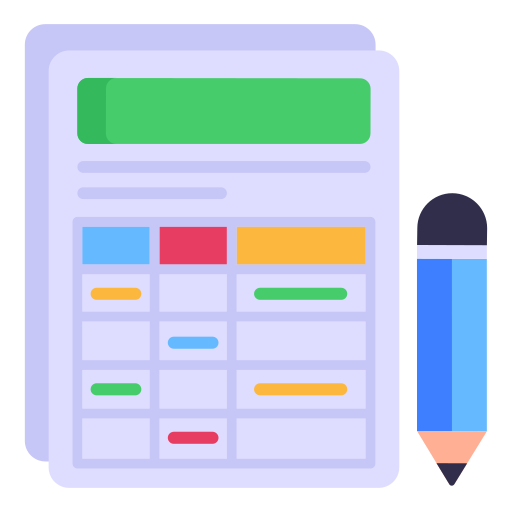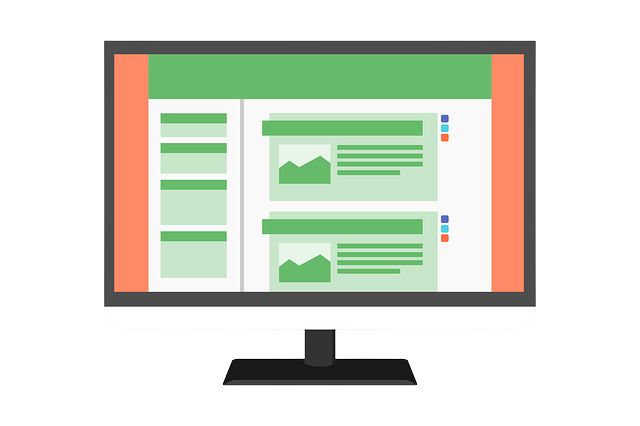Starting off on the right foot with clients is crucial for any GoHighLevel agency. Onboarding is the initial phase where agencies pave the way for successful collaborations, yet it is often fraught with challenges. Recognizing and addressing these common pitfalls early can make a big difference in how smoothly the onboarding process flows.
Mistakes during onboarding can create misunderstandings and stress, but these issues are often avoidable. From communication barriers to failing to personalize the experience, various factors can disrupt the onboarding journey. By being aware of these potential hurdles, agencies can take proactive measures to avoid them, ensuring a more positive start for new clients.
Addressing onboarding pitfalls not only strengthens client relationships but also sets the foundation for long-term success. Agencies that prioritize a smooth onboarding process find that their clients are happier and more engaged from the outset. This article explores practical ways to enhance the onboarding experience, helping agencies turn potential stumbling blocks into stepping stones for growth.
Identifying Common Onboarding Pitfalls
Understanding where things can go wrong during onboarding is crucial for GoHighLevel agencies. Typical mistakes include unclear communication, a lack of customization, and inadequate planning before a client’s campaign starts. These errors can create confusion and lead to a rocky start. Rushing through onboarding or skipping essential steps results in misaligned expectations and frustration for both parties.
The impact of these mistakes on client relationships can be significant. Clients may feel neglected or misunderstood, leading to dissatisfaction and potentially ending the partnership prematurely. This strains the agency-client relationship, reducing trust and engagement. Recognizing these pitfalls early helps agencies address issues before they escalate, leading to a smoother process.
By identifying and acknowledging these common issues, agencies can implement strategic changes. For instance, reviewing onboarding protocols regularly ensures that the process stays efficient and client-focused. Training staff to better understand and execute onboarding processes can also contribute to improvement. Importantly, developing a predictable workflow that prevents errors allows agencies to solidify the foundation of their relationships with clients.
Streamlining Communication for Better Clarity
Clear communication is the backbone of successful onboarding. When agencies communicate well, clients understand their value and what to expect. Miscommunication during onboarding can lead to confusion and set the wrong tone for the relationship. In contrast, transparent and detailed communication helps clients feel informed and valued.
Several strategies can ensure effective communication with clients:
- Regular Check-Ins: Schedule regular updates with clients to keep them in the loop and address any emerging concerns.
- Dedicated Communication Channels: Establish specific channels for different types of communication, such as email for official updates and chat apps for quick queries.
- Documentation: Provide detailed documentation about the onboarding process, project timelines, and important contacts.
Using the right tools enhances clarity and understanding. Project management software can keep everyone on the same page by tracking tasks and timelines. Video calls, particularly for complex discussions, ensure that everyone comprehends the topics fully. By leveraging these tools, agencies can create a more structured communication process that supports effective onboarding practices and builds confidence in clients from the start.
Personalizing the Onboarding Experience
Tailoring the onboarding experience to individual clients can make a huge difference in their satisfaction and engagement. Personalization shows clients that the agency values their unique needs and is committed to addressing them. It allows agencies to offer solutions that closely align with the client’s objectives, fostering a more collaborative relationship.
There are several methods for gathering and implementing client preferences. Begin with detailed questionnaires or surveys to understand their expectations and preferences. Conduct one-on-one meetings to discuss their specific goals and challenges. Use this information to customize their onboarding plan, adjusting timelines, communication methods, and strategic focuses to better fit their requirements.
This personalized approach can lead to higher satisfaction among clients. When they see that the agency understands their distinct position and responds accordingly, it builds trust. Clients feel more invested in the partnership and are likely to engage more proactively. A personalized onboarding process not only sets the client up for success but also strengthens the overall relationship with the agency.
Building a Feedback Loop for Continuous Improvement
Feedback is a critical tool for agencies looking to refine their onboarding processes. It offers insights directly from clients about what worked well and what needs improvement. By continuously gathering feedback, agencies can make informed decisions that enhance the onboarding experience for future clients.
To effectively collect and analyze client feedback, consider the following techniques:
- Send out regular feedback forms after different phases of the onboarding process.
- Hold follow-up meetings to discuss the client’s experience and gather verbal input.
- Analyze feedback data to identify trends or recurring issues that need attention.
Incorporating feedback into the onboarding process involves more than just gathering opinions; it requires action. Agencies should review feedback regularly and use it to make data-driven improvements. This might include updating documentation, making changes to communication practices, or offering additional resources for new clients. A well-maintained feedback loop ensures that the onboarding process evolves and continues meeting client needs effectively.
Conclusion
Addressing common onboarding pitfalls in GoHighLevel agencies involves recognizing mistakes, improving communication, personalizing experiences, and maintaining a robust feedback system. Each step is vital for creating a seamless and effective onboarding journey that meets the needs of clients and sets the stage for successful, long-lasting partnerships. The right onboarding strategy enhances client satisfaction, engagement, and retention, ultimately contributing to the agency’s growth and reputation.
If you’re ready to optimize your client onboarding and ensure a smooth start for your GoHighLevel agency clients, Growthable is here to help. Our expert services emphasize clarity, personalization, and continuous improvement, making us the ideal partner to boost your agency’s onboarding process. Contact Growthable today and transform your onboarding into a streamlined, client-focused experience.










